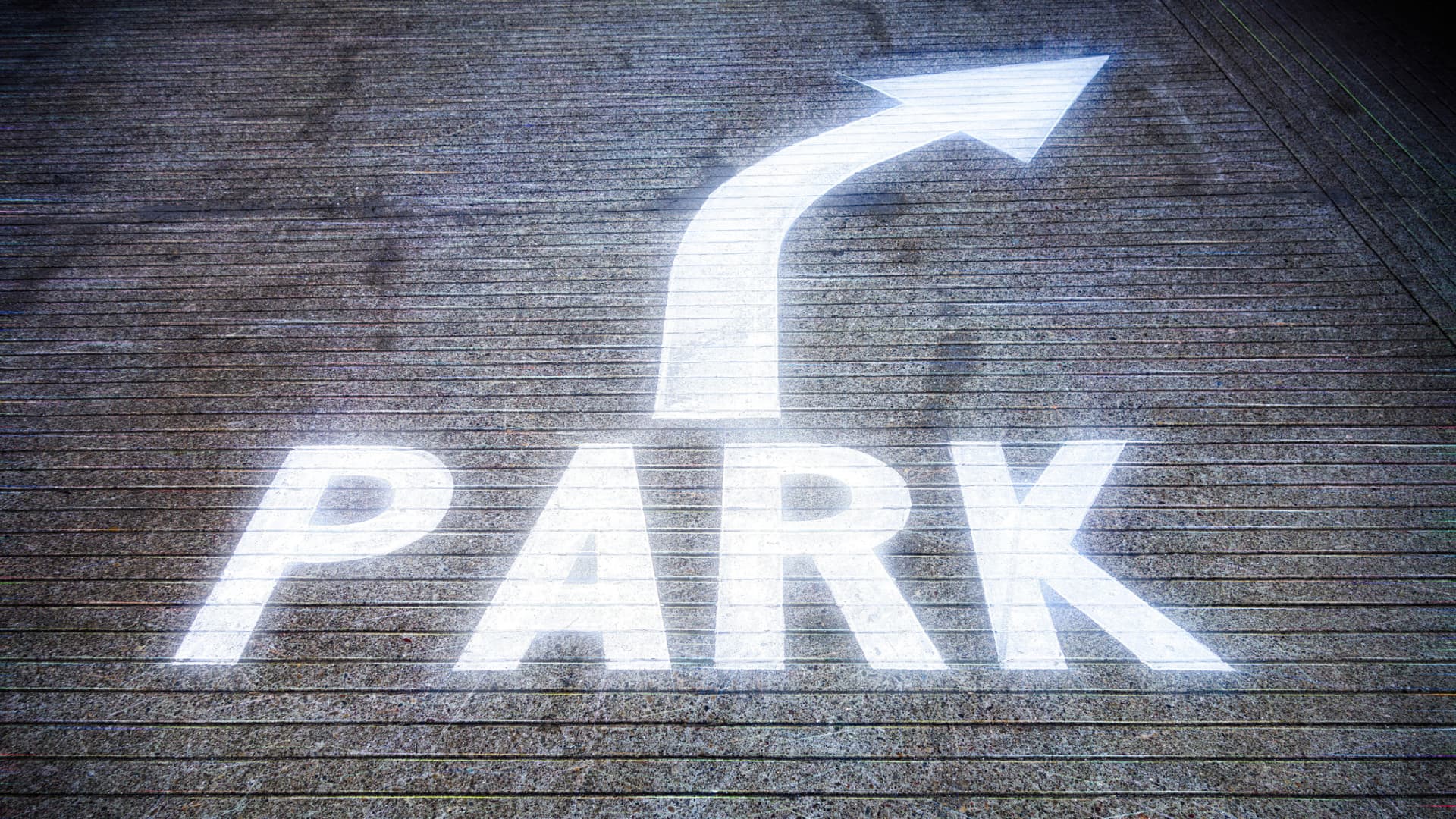As the automobile took over America, so did parking lots and parking garages.
There are between 700 million and 2 billion parking spaces in America — or put another way, between 2.5 to seven spots for every registered vehicle. About 10% of that inventory is paid parking. And for decades, it was a pretty stable business.
But low barriers to entry make it a crowded, fragmented industry. Competition is fierce. Insiders say demand for paid parking is either flat or declining in nearly every market, except for health-care facilities and events.
The entire parking industry pulled in about $121 billion in 2022, according to Jerry Marcus, who runs a Boston-based parking consultancy called the Parking Advisory Group.
The industry is slowly recovering from the pits of the Covid-19 pandemic, when revenues fell to $58 billion in 2020 — 56% lower than 2019.
The entire parking industry is projected to pull in about $144 billion in 2023. That’s a 10% increase over 2019 levels. Yet many in the industry worry about demand declines.
E-commerce has dealt a blow to brick-and-mortar retail, the rise of ride-hailing has eliminated the need to park in many cases, and post-pandemic work trends have meant fewer people drive into urban areas five days a week, if at all.
Within the larger parking industry, there’s a group of companies that manage parking facilities for owners. That industry pulled in somewhere between $8 billion and just over $10 billion in revenue in 2022, according to market estimates. From 2018 through the end of 2023, IBISWorld estimated they will have shrunk at an annual rate of 7.7%. But it is expected that the parking facilities industry will grow 1.4% from 2023 through 2028.
Growth is expected to return, albeit slightly and slowly, in part from pent-up demand and adaptations operators are making, including providing services for the growing ride-hailing market and the rise of electric vehicles, such as charging or vehicle maintenance.
The industry has been forced to find ways to reinvent itself. Parking management companies such as SP Plus have been investing in new services and technology, including an app that allows customers to reserve spaces ahead of time and pay for parking on their phones, and tech allowing companies to change prices as needed — say for time of day or for when there is high demand. There’s also tech for charging cars automatically as they enter and exit a lot.
As of 2022, technology solutions accounted for about 2% of SP Plus’ gross profit. The company expects that number to jump to 10% by 2025.
“What we are finding with technology. Is that we can deliver hardware and software on a very competitive basis,” said SP Plus CEO Marc Baumann. “Even in situations where we might not be a parking operator right now. And so that makes the addressable market for us larger than it used to be.”
Tim Mulrooney, group head of global services at William Blair, said big players like SP Plus are better positioned to weather waning demand than smaller parking companies.
“The larger folks, the folks with the capital to invest in R&D and technology, technological capabilities can do things like dynamic pricing, pricing, gateless technologies, other things that really differentiate them from the mom and pop parking management company that just manages a couple of locations in a single region,” Mulrooney said.
